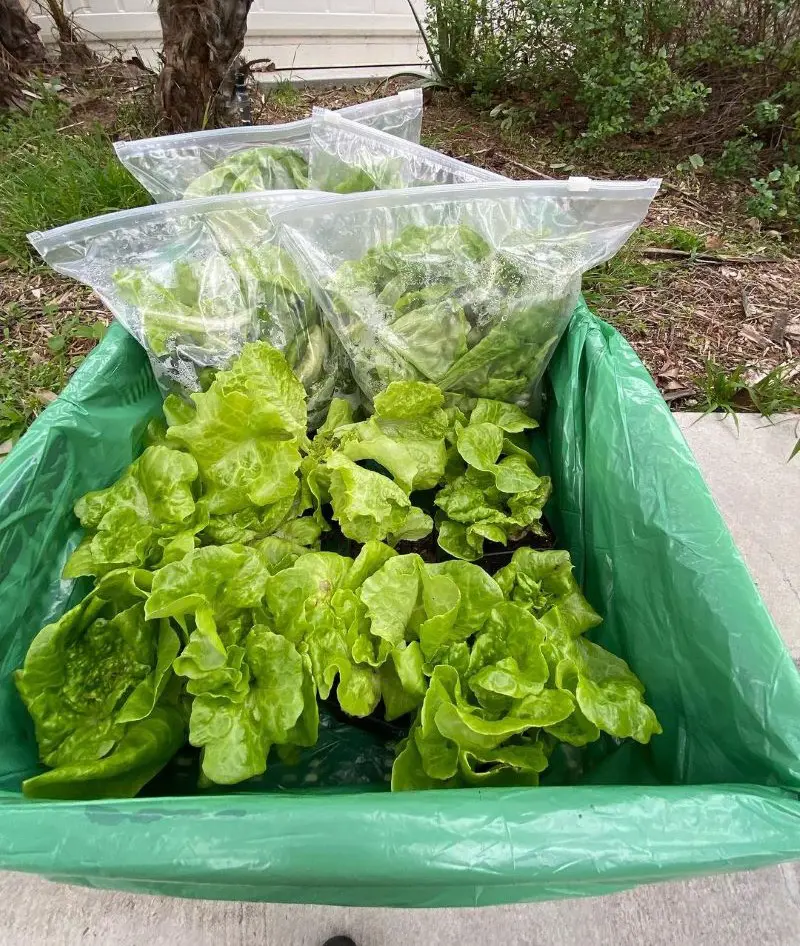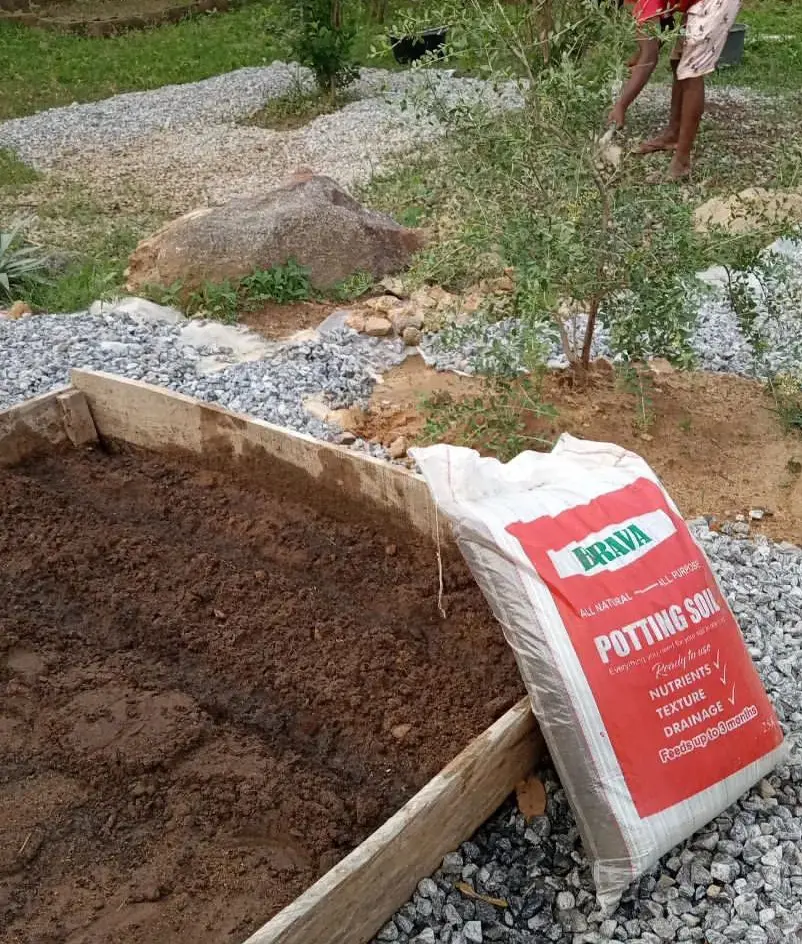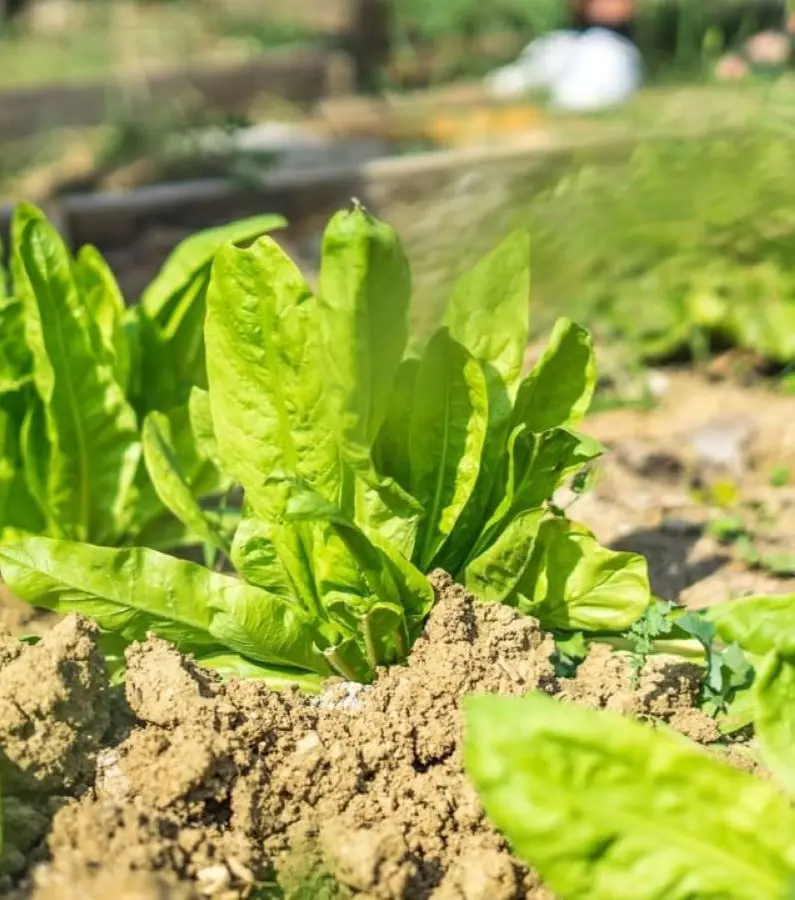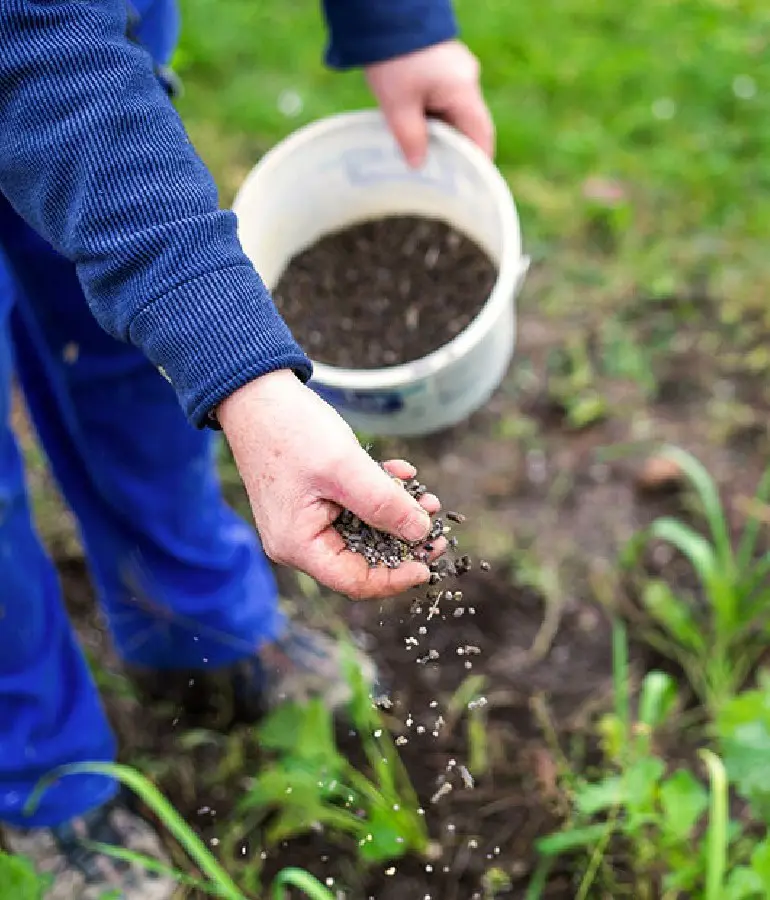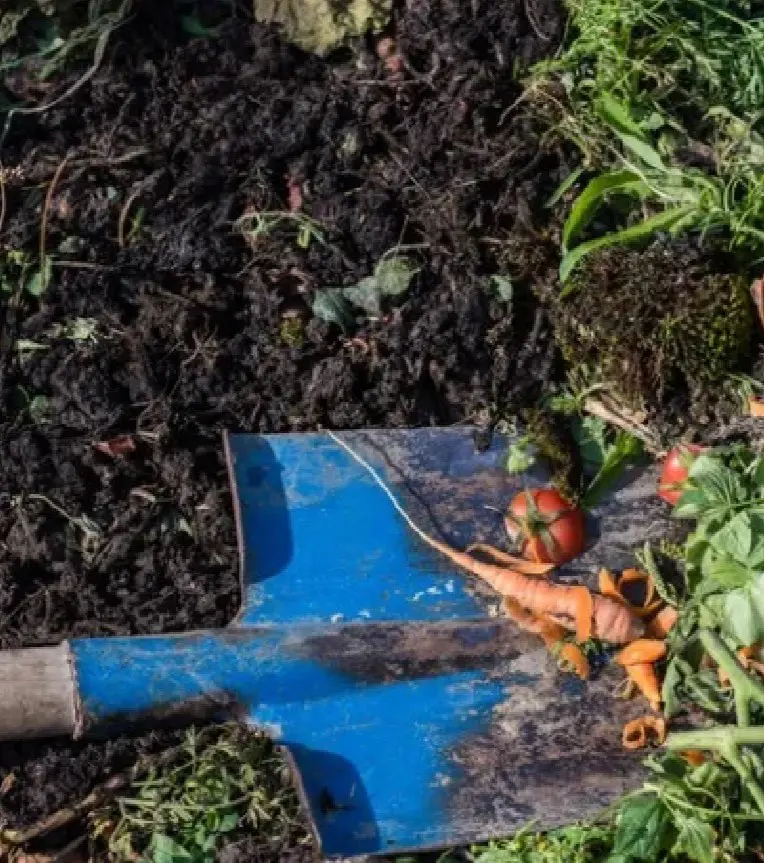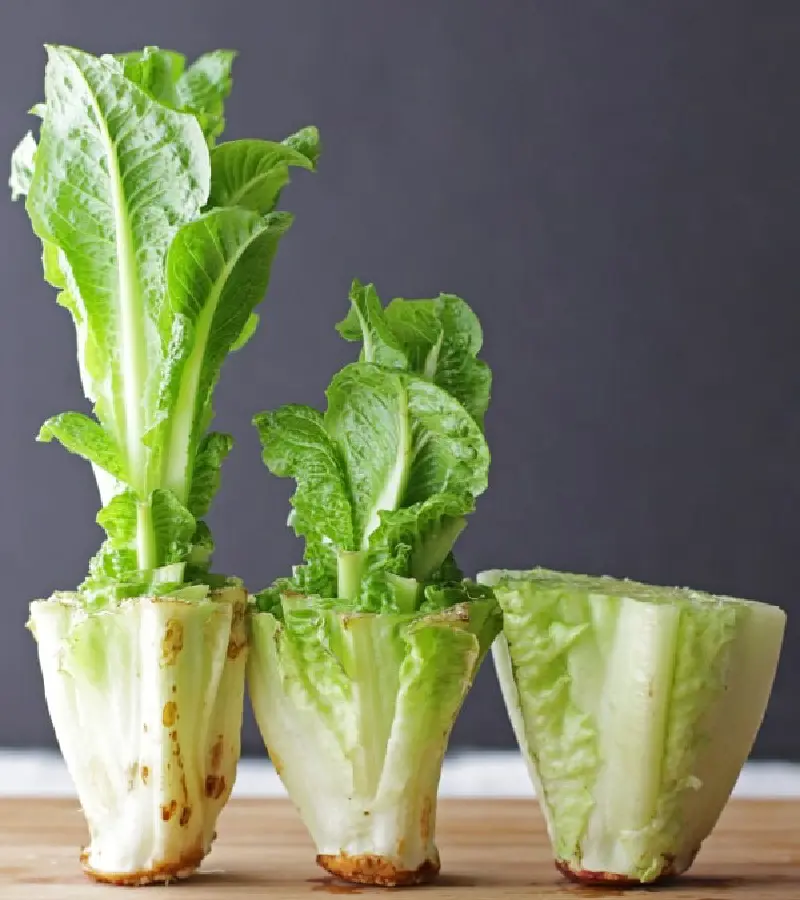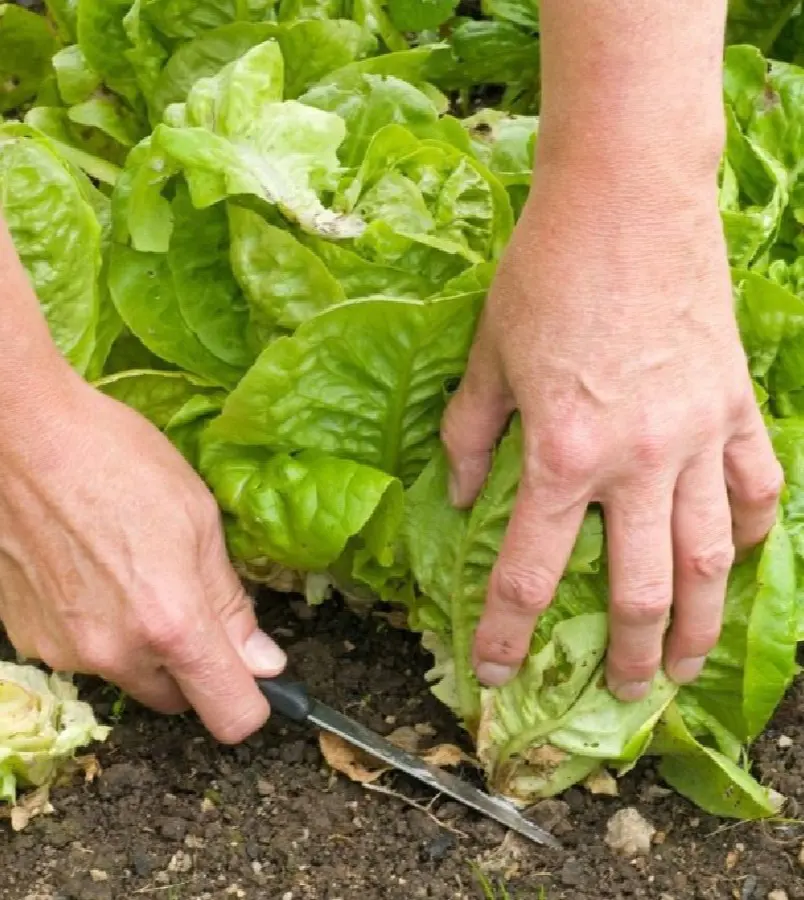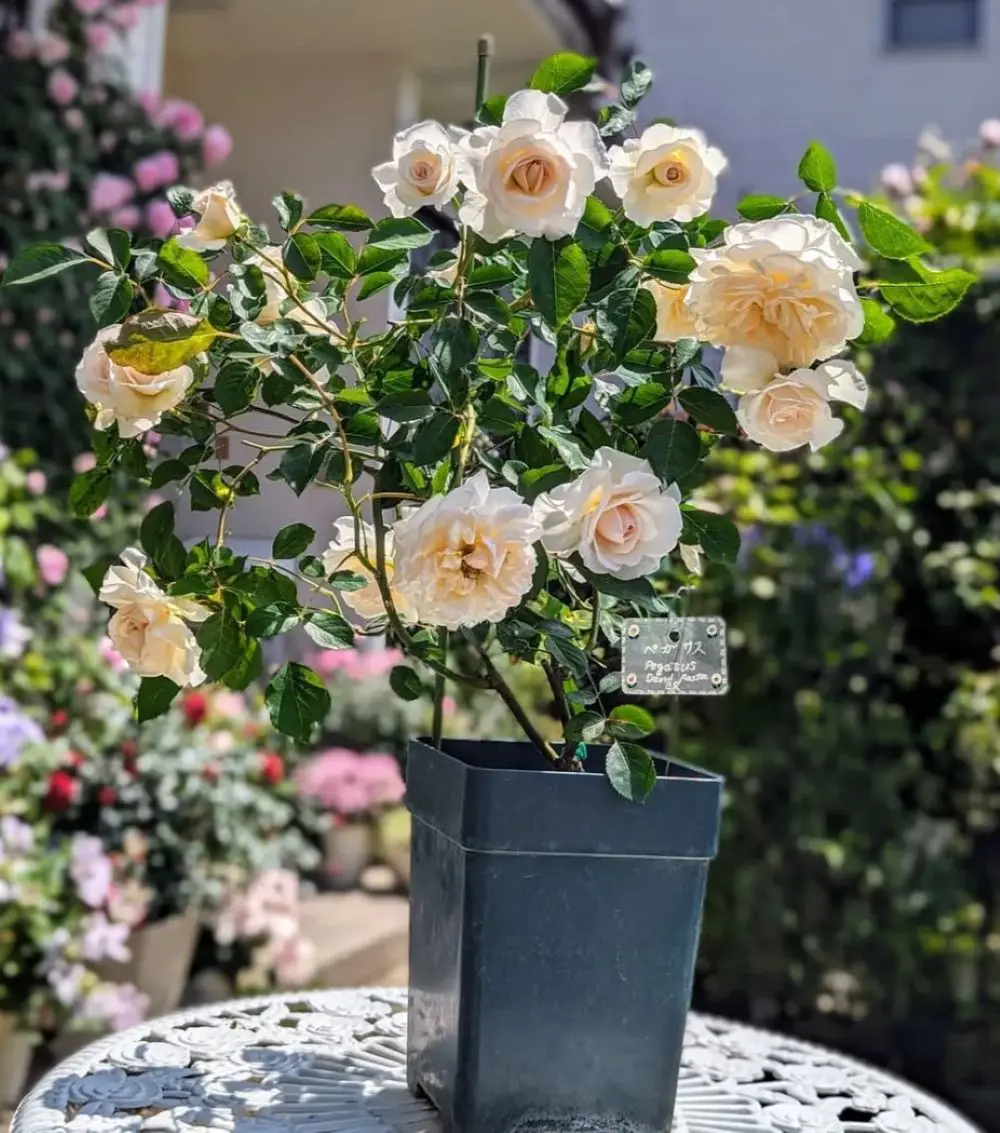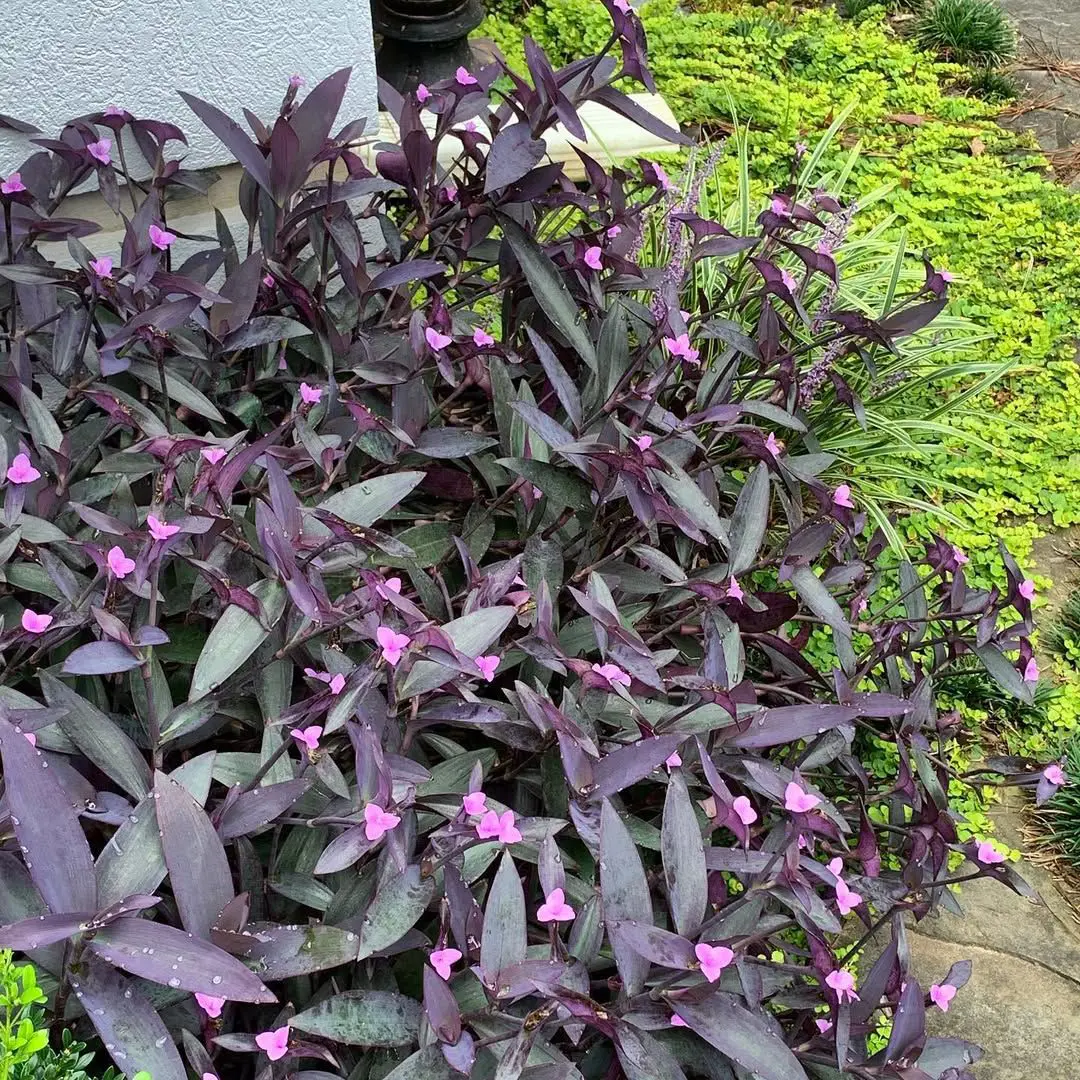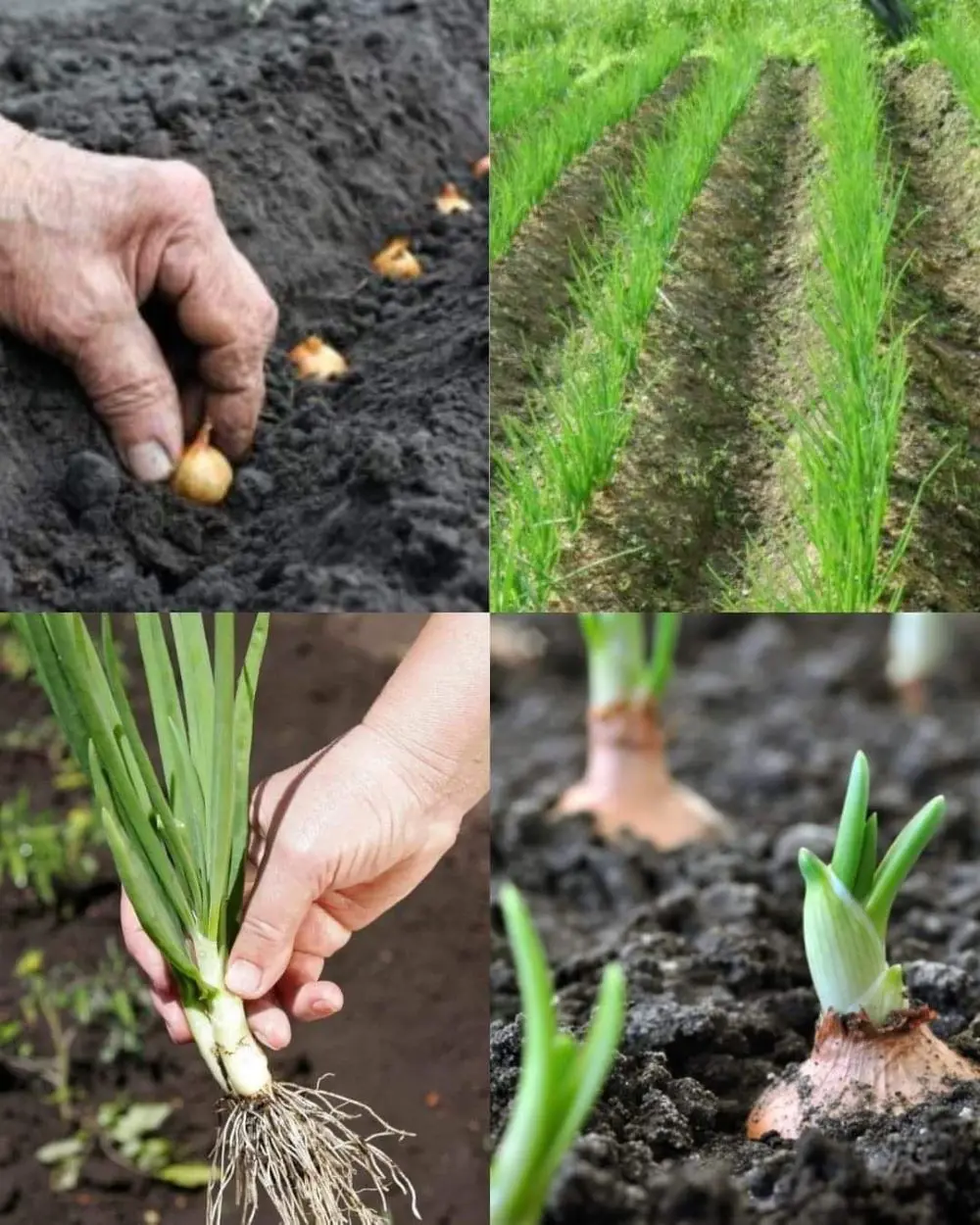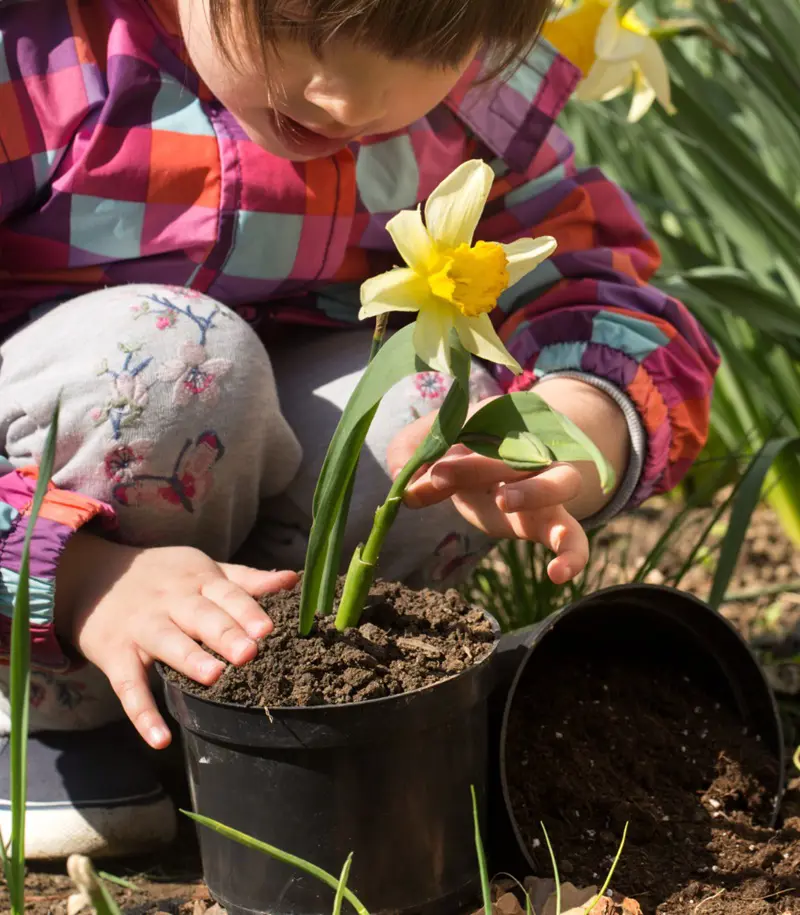Where & When To Plant Romaine Lettuce
Before you plant your romaine, you must strategize when and where you will grow romaine lettuce for a successful harvest. Below are a few factors you should consider:
Light
Romaine lettuce thrives in specific light conditions. For outdoor cultivation, romaine lettuce requires at least 6-8 hours of direct sunlight daily to promote robust growth and rich flavor and prevent leggy plants. If it is not possible, they can tolerate some shade, especially in regions with intense summer heat.
However, too much shade for too long can lead to slower growth and less flavorful lettuce. For indoor growing, provide supplemental lighting with LED grow lights for 12-16 hours daily. The light intensity should mimic full sunlight.
Soil
Romaine lettuce can only grow in certain kinds of soil. They prefer loamy soil, a mixture of sand, silt, and clay. It should be well-draining to prevent root rot, a common issue with lettuce.
It should also be rich in organic matter like compost or well-rotted manure to improve soil fertility and provide essential nutrients for healthy growth. Lastly, the soil should be slightly acidic to neutral, with a pH range between 6.0 and 7.0. You can conduct a soil test to determine the soil's pH level.

Spacing
The amount of space you have to grow romaine lettuce also affects your decision to plant romaine lettuce. These plants need adequate space as overcrowding can decrease airflow and lead to resource competition. This will reduce yield and increase susceptibility to diseases.
Generally, each plant should be 6 to 8 inches apart, and each row should be 12 to 18 inches apart. Some romaine varieties require more space as they tend to be larger. Additionally, in regions with ample sunlight and good soil, plants can be slightly closer and vice versa.
Planting Time
Romaine lettuce is a cool-season crop, meaning it thrives in cooler temperatures. If it is grown in hot temperatures, the lettuce leaves will be bitter and tough. It will also slow the growth rate of romaine lettuce and lead to smaller, less flavorful lettuce.
The ideal time to plant romaine lettuce is early spring, after the last frost has passed, or in late summer or early fall, about 2-3 months before the first expected frost. However, the specific timing might vary depending on your region's climate.
